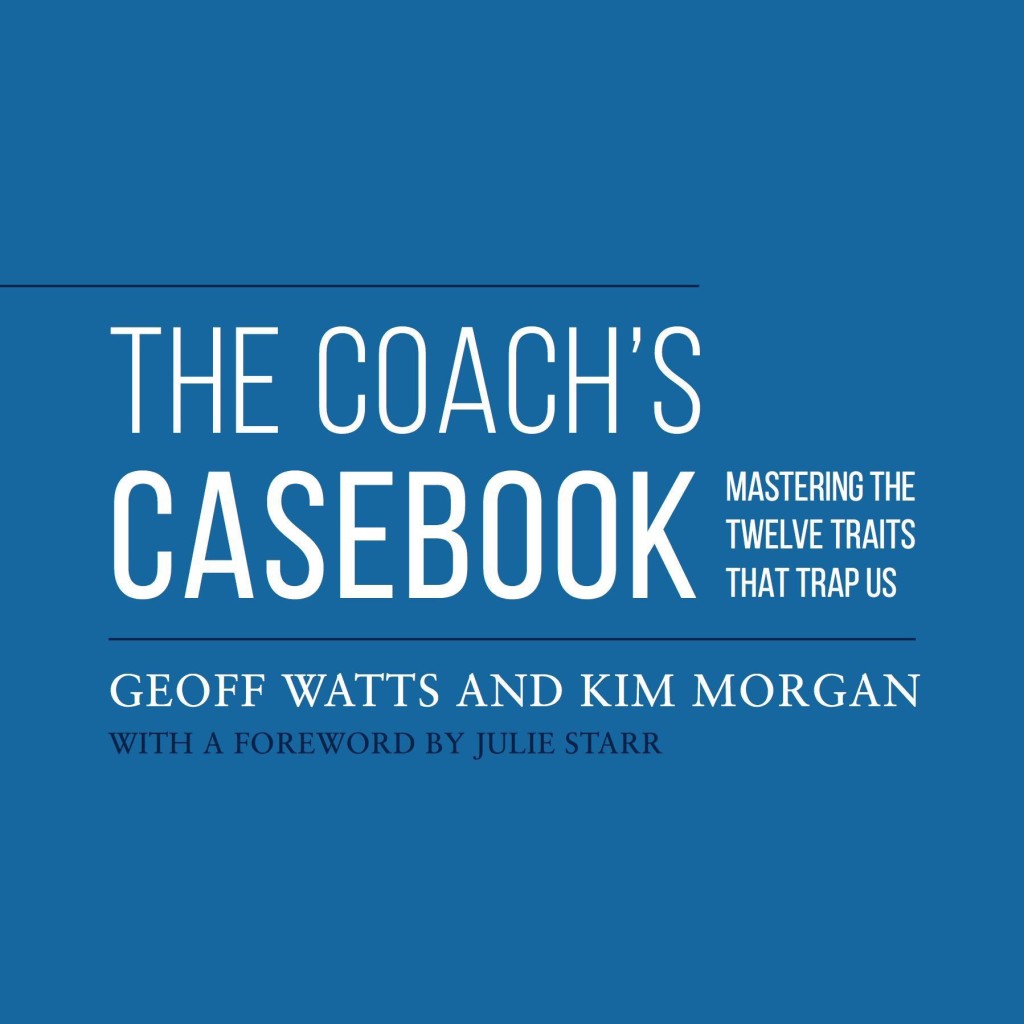
An effective Agile coach is one that is able to navigate both of these dimensions – aid others in learning and improving agility in a thought-provoking and creative way that inspires others to maximize their personal and professional potential. Finding and maintaining this balance is difficult. Most Agile coaches are trained in Agility and approach their practice from a consultative perspective. And while this can be effective in the short-term, it often comes at the compromise of true client adoption and change – driving compliance over true comprehension. Most professional coaches know very little about Agile and their focus is client-driven which may not dwell into the Agile space at all. And while there is nothing inherently wrong with this, it does not serve to improve agility either.
In reading The Coach’s Casebook by Geoff Watts and Kim Morgan, I found myself challenged, inspired, humbled and motivated to further develop my own professional coaching dimension. I found myself lacking and wanting to collect the many tools presented in this book into my own toolbox. I found myself evaluating my own body of work and recognizing how my own bias of Agility and expertise in the Agile domain often gets in the way of my clients. I found myself recognizing my own limited education and experience in true professional coaching. And while I have spent many years studying and applying coaching angles in NeuroLeadership, Organizational Development, Co-Active Coaching, Leadership Agility and others, this book opened up my eyes to yet a vastly larger coaching space and opportunity.
The Coach’s Casebook is neatly organized into engagements and sessions with eerily factitious yet realistic coaching scenarios. The authors present very natural and humble coaching engagements, navigating back and forth from the session, thinking about the session, reviewing the session with the coach’s coach, and then allowing a leader to share their perspective to connect the material to the “real world”. And while not every session will connect to the reader, the insight gained from how the coaches thought, approached, struggled, and ended the engagements were invaluable.
A word of warning for Agile coaches – this book has nothing to do with Agile. Yet at the same time, it is an invaluable tool for you as an Agile coach because it is likely to poke at a dimension that is under developed in your own skill set. Don’t be surprised if you find yourself, like I did, sorely inadequate as a true professional coach. And I hope you use this as a call to action to educate and exercise this new coaching muscle.
Enjoy the read!
